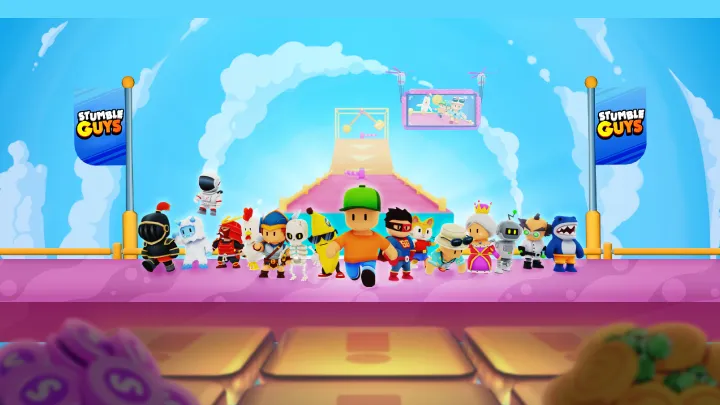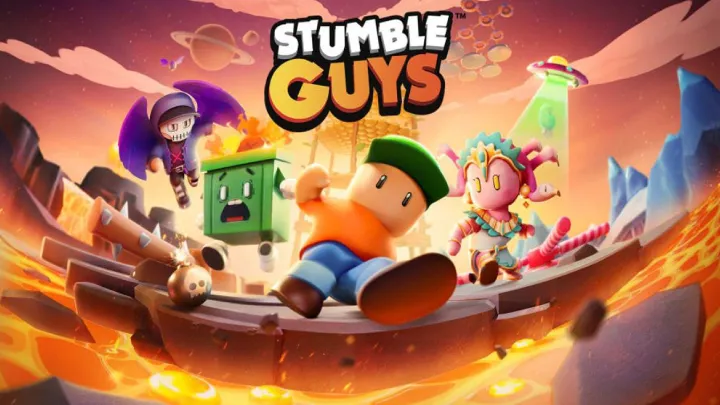Rust is not a game that holds your hand. Dropping you naked onto a hostile island filled with wild animals, aggressive players, and scarce resources, the game challenges you to carve out your survival through wit, strategy, and adaptability. Whether you are a solo wanderer or part of a clan, every decision matters—from when you gather wood to how you defend your base. This Tips & Guides article provides a step-by-step breakdown of survival in Rust, arranged in stages that mirror your journey from fresh spawn to late-game dominance.
Starting Fresh: First Minutes of Survival
The first few minutes after spawning set the tone for your entire session. Without proper planning, you might be eliminated before you gather anything useful.
At spawn, prioritize collecting wood and stone using your rock. Craft a stone hatchet and pickaxe as soon as possible to speed up resource gathering. Avoid populated areas early; crowded zones mean conflict, and without gear, you stand no chance.
Quick Essentials
- Wood (for tools and building)
- Stone (for better weapons and construction)
- Cloth (from hemp for bandages and sleeping bags)
Stealth Over Aggression
New players often try to fight right away. Instead, focus on stealth and escape—your first objective is survival, not combat.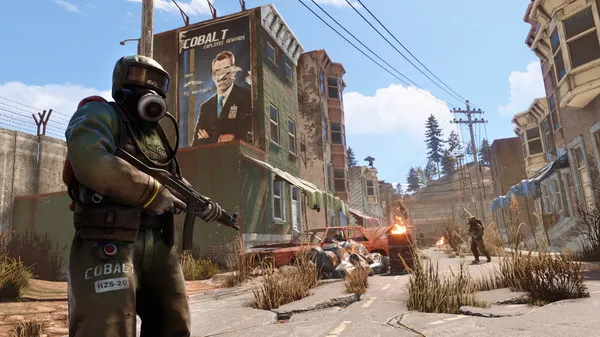
Building Your First Shelter
Shelter is survival in Rust. Without it, you’ll lose your loot the moment you log off.
Start with a simple wooden 1x2 or 2x2 base. Prioritize getting a sleeping bag inside, which serves as your respawn point. Upgrade the base to stone as soon as possible to prevent raiders from breaking in with primitive tools.
Tool Cupboard (TC) Importance
Placing a TC locks down building rights around your base. Without one, other players can build ladders or walls near your structure, effectively trapping you.
Locking Up
Always secure doors with a code lock. A wooden door without a lock is an invitation for theft.
Crafting Tools and Weapons
Once your base is secure, the next step is arming yourself. Tools not only gather resources but also serve as basic weapons.
Craft a bow early; it is silent, deadly, and excellent for hunting animals or defending against lightly armed players. Spears and melee weapons are options, but ranged combat provides safety.
Essential Weapons to Craft First
- Hunting Bow
- Wooden Spear
- Crossbow (once materials allow)
Prioritize Ammunition
Running out of arrows mid-fight spells death. Always carry extras in your inventory.
Food and Healing: Staying Alive
Survival isn’t only about combat—your health, hunger, and hydration need constant attention.
Hunting animals like boars and deer provides meat, which can be cooked at a campfire. Eating raw meat causes food poisoning, so cooking is essential. Collect berries and mushrooms as temporary food sources until you establish hunting routines.
Healing Items
- Bandages (from cloth) stop bleeding.
- Medkits and syringes come later, but bandages are lifesavers in early fights.
Water Sources
Rivers, lakes, and barrels often contain drinkable water. Build water collectors once your base is secure for long-term hydration.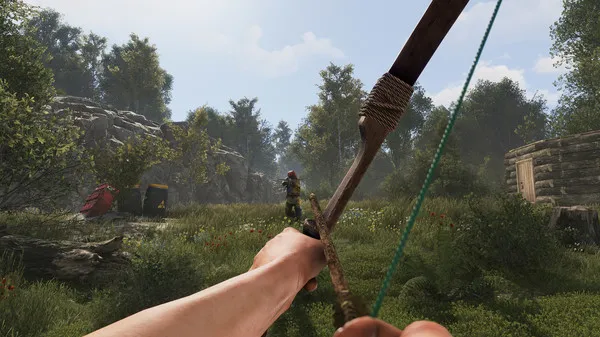
Mid-Game Progression: Smelting and Upgrades
Once you’ve survived the early game, you must shift focus toward upgrading your base and equipment.
Craft a furnace to smelt ore into usable metal fragments. These fragments allow you to upgrade doors and weapons, giving you a much-needed advantage. A metal door is significantly stronger than a wooden one.
Resource Priorities
- Metal Ore → Metal Fragments
- Sulfur Ore → Gunpowder (for ammo and explosives)
- High-Quality Metal → Advanced weapons and tools
Expanding Your Base
Add honeycomb walls (extra layers) to make raids more expensive for enemies. Even small expansions make a huge difference.
PvP Combat Strategies
Rust is infamous for its player-versus-player encounters. Whether ambushed in the woods or defending your base, combat decisions determine survival.
Reading the Fight
Engage only when necessary. If outnumbered or outgunned, retreat and live to fight another day.
Positioning
- High ground offers vision and tactical control.
- Cover reduces exposure during gunfights.
- Ambushes (hiding in bushes or behind rocks) give a surprise advantage.
Weapons for PvP
- Early: Bows and Crossbows
- Mid: Revolvers and Semi-Automatic Rifles
- Late: Assault Rifles and Bolt-Action Rifles
Raiding and Defending Bases
Raiding is the core thrill of Rust, but it requires preparation. Similarly, defending against raids is a constant concern.
Raiding Basics
Use explosives like satchel charges or rockets to break through walls. Soft-sided walls (the interior face) are weaker, so look for vulnerable builds.
Defending Strategies
- Honeycombing: extra layers of walls
- Airlocks: two-door systems preventing easy entry
- Traps: shotgun traps and flame turrets discourage attackers
Group Coordination
In raids, communication ensures success. Assign roles like breacher, lookout, and support.
Transportation and Exploration
As you progress, mobility becomes critical for resource gathering and exploration.
Horses and Vehicles
Tame horses for faster travel. Later, craft or steal vehicles to carry resources long distances.
Exploring Monuments
Monuments are key map locations offering high-tier loot but are often contested by other players. Always prepare before venturing in.
Environmental Hazards
Radiation zones exist in high-tier loot areas. Equip hazmat suits or armor before entering.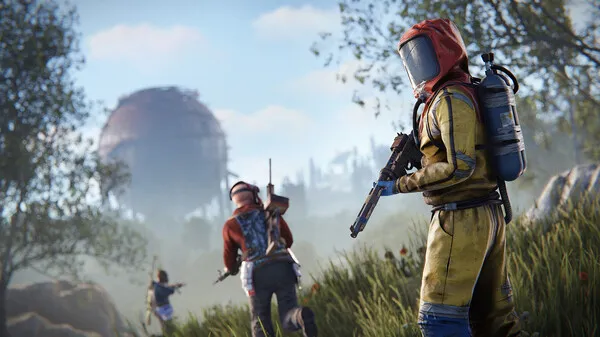
Endgame Goals and Clan Dominance
By this stage, you’re aiming for dominance, not just survival. Large clans often control servers, and their presence reshapes the balance of power.
Late-Game Weapons
Rocket launchers, C4, and heavy machine guns become tools of warfare. These items require significant farming but grant overwhelming power.
Clan Strategies
- Resource distribution ensures constant supply.
- Scheduled raids maximize efficiency.
- Alliances can secure dominance across the map.
Common Mistakes and How to Avoid Them
Even experienced players make errors that cost them hours of progress.
h3: Overconfidence
Carrying too much loot outside the base invites disaster. Deposit items frequently to minimize losses.
Ignoring Map Awareness
Rust’s world is unforgiving. Ignoring landmarks or traveling blindly can lead you into ambushes or deadly monuments.
Poor Base Design
A weak base with no honeycombing or airlocks is a guaranteed raid target.
Conclusion
Rust is not just a survival game—it is a relentless test of adaptability, awareness, and determination. From your first moments on the beach to late-game raids and clan wars, every step requires strategy and foresight. The tips in this guide cover the essentials: early gathering, base building, PvP strategies, and endgame dominance. While Rust will always punish mistakes, mastering these techniques ensures you rise above chaos, thriving in one of the harshest multiplayer environments ever created.















